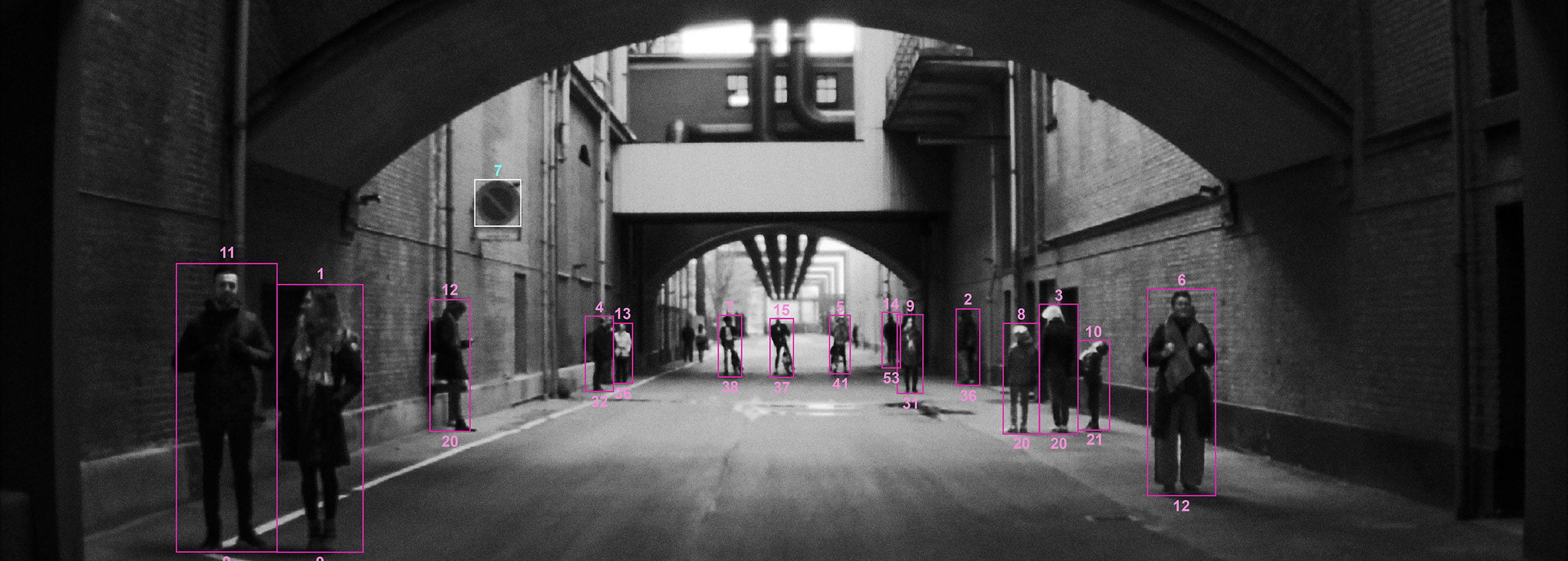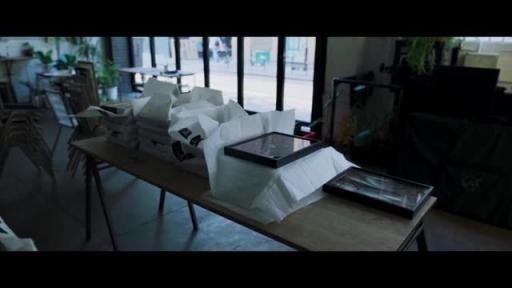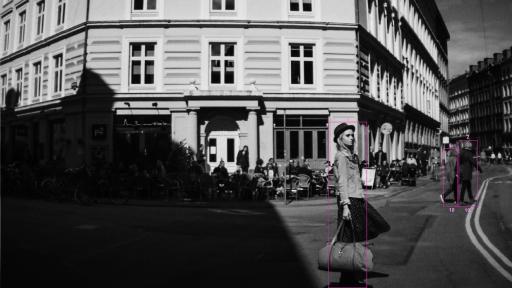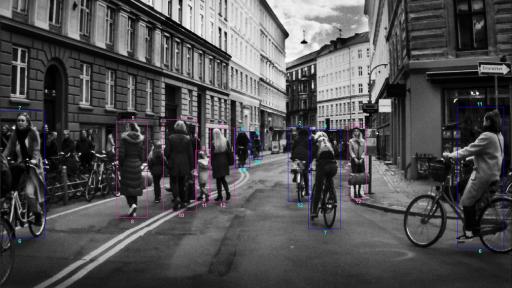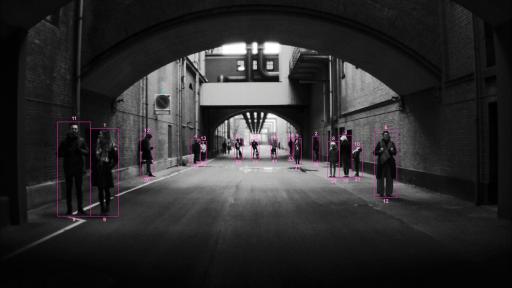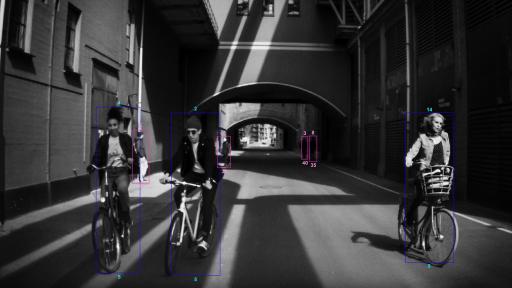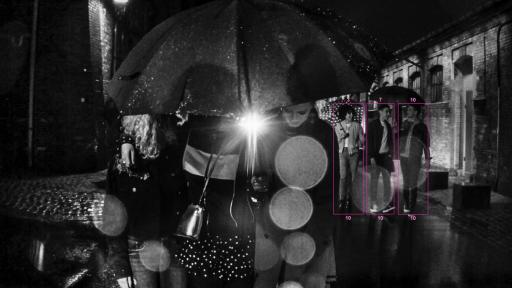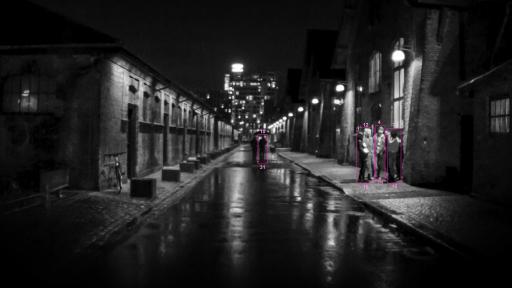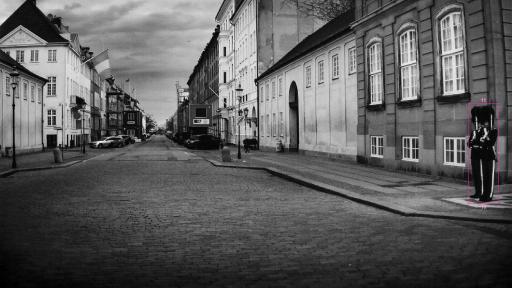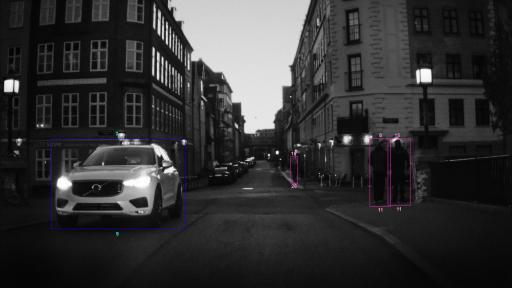Volvo’s new XC60 becomes camera in the hands of Pulitzer Prize-winning photographer
Volvo Cars, the premium car maker best known for its leadership in safety, has teamed up with three-time Pulitzer Prize-winning photographer and artist Barbara Davidson for a world-first - using the on-board safety cameras of the new Volvo XC60 to create a special collection of photographs.
This is the first time ever that a car is used as a camera by a photographer. Davidson’s collection of around 30 photographs, taken through the lenses of the XC60’s on-board safety cameras, captures life on the streets of the Danish capital Copenhagen from a completely fresh perspective.
Davidson’s photographs were first exhibited at Canvas Studios gallery in London’s Shoreditch this week and the exhibition will travel to other countries during 2017.
“The collection does two things. Firstly it is a snapshot of European city life in all its glory; secondly it also highlights the complex environments that we live in. It is thanks to the cameras and other on-board sensors that cars like the Volvo XC60 make modern city life safer for pedestrians and other road users,” said Davidson. “With this project we connect art and safety for people to see the benefits of this technology.”
Davidson, a multiple Pulitzer Prize-winner, holder of an Emmy Award and a former staff photographer for the Los Angeles Times newspaper, chose to work with Volvo Cars based on her own history with the brand.
“I have a very personal connection with Volvo Cars. When I was a teenager I was involved in a serious road accident where the car flipped over which, in normal circumstances, would probably have proven fatal. I was told later that I had survived because of the car I had been travelling in – a Volvo,” said Barbara Davidson.
Over 1.2 million people die each year in road accidents around the globe. Volvo’s approach to road safety is focused on real-life traffic situations which the company has studied in detail since 1970 through its Traffic Accident Research Team. With this matchless set of real-world data Volvo’s safety engineers have set about systematically working to mitigate or eliminate potential life-threatening accidents.
In 2008 the Swedish brand launched the first standard autonomous emergency braking system, City Safety, in the first XC60. It has been shown to have reduced collisions by up to 45% in Sweden alone.
“We take a realistic and practical approach to safety at Volvo Cars. Our vision is to reach a point in time where no one should be killed or seriously injured in a new Volvo car. We call it Vision 2020,” said Malin Ekholm, Vice President of Volvo Cars Safety Centre.
Volvo Cars’ new XC60 was launched with three new safety features that work to assist the driver by delivering steering support when required. Steer Assist has been added to the ground-breaking City Safety system. A new safety system called Oncoming Lane Mitigation uses steer assist to help mitigate head-on collisions, while Volvo’s Blind Spot Information System (BLIS) now uses Steer Assist functionality to reduce the risk of lane-changing collisions, making the new XC60 one of the safest SUVs available today.
Editor’s Note:
Barbara Davidson is a former staff photographer for The Los Angeles Times. Prior to that, she worked at The Dallas Morning News, The Washington Times, and The Record in Ontario, Canada.
Volvo Car Group in 2016
For the 2016 financial year, Volvo Car Group recorded an operating profit of 11,014 MSEK (6,620 MSEK in 2015). Revenue over the period amounted to 180,672 MSEK (164,043 MSEK). For the full year 2016, global sales reached a record 534,332 cars, an increase of 6.2 per cent versus 2015. The record sales and operating profit cleared the way for Volvo Car Group to continue investing in its global transformation plan.
About Volvo Car Group
Volvo has been in operation since 1927. Today, Volvo Cars is one of the most well-known and respected car brands in the world with sales of 534,332 cars in 2016 in about 100 countries. Volvo Cars has been under the ownership of the Zhejiang Geely Holding (Geely Holding) of China since 2010. It formed part of the Swedish Volvo Group until 1999, when the company was bought by Ford Motor Company of the US. In 2010, Volvo Cars was acquired by Geely Holding.
As of December 2016, Volvo Cars had over 31,000 employees worldwide. Volvo Cars head office, product development, marketing and administration functions are mainly located in Gothenburg, Sweden. Volvo Cars head office for China is located in Shanghai. The company’s main car production plants are located in Gothenburg (Sweden), Ghent (Belgium), Chengdu and Daqing (China), while engines are manufactured in Skövde (Sweden) and Zhangjiakou (China) and body components in Olofström (Sweden).
Follow Us on Twitter
Tweets by volvocarsnewsFollow Us on Facebook
Media Contact:
Volvo Cars Media Relations
Phone: +46 31-596525
[email protected]

